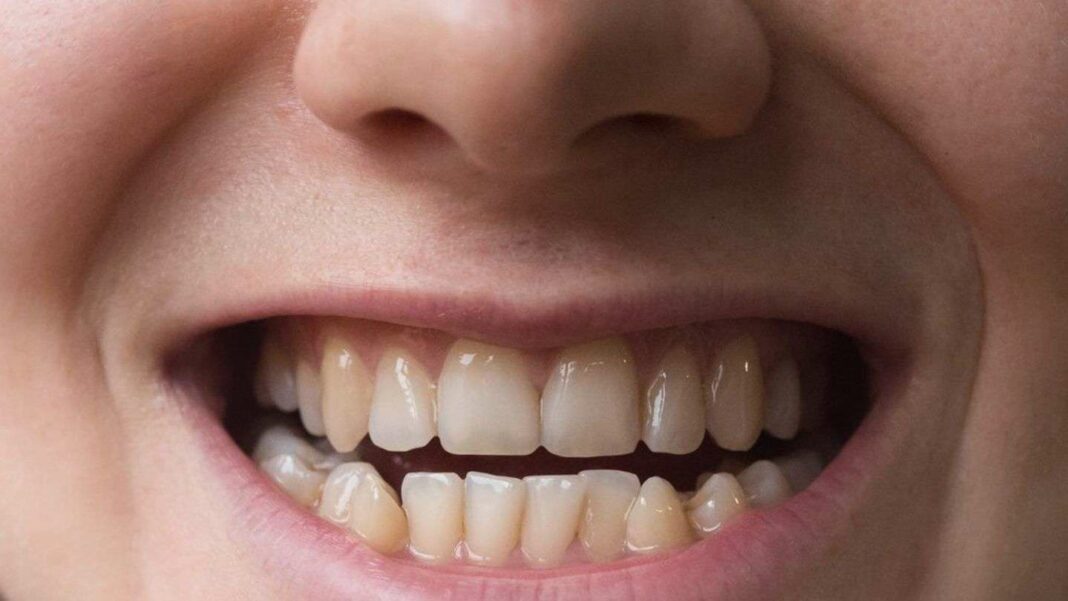A beautiful smile plays a crucial role in making a positive impression, yet not everyone has perfect teeth. Dr. Jochen H. Schmidt discusses the causes of tooth discoloration, the limitations of whitening treatments, and the importance of oral hygiene in preventing misalignment. He highlights the health risks associated with crooked teeth and outlines various correction options available for adults, such as traditional braces and transparent aligners, emphasizing that dental health impacts overall well-being.
The Importance of a Beautiful Smile
Your teeth are like your personal business card; a stunning smile can create opportunities, garner affection, and exude confidence. However, not everyone is fortunate enough to have perfectly straight, gleaming Hollywood-like teeth. What leads many adults to experience crooked and discolored teeth? Furthermore, does the color of your teeth truly reflect oral health? Dr. Jochen H. Schmidt, the dental director at Carree Dental in Cologne, shares insights on why misaligned teeth can be more than just a cosmetic concern, the options available for adults seeking correction, and whether teeth whitening is the ultimate solution for achieving a bright smile.
Understanding the Causes of Tooth Discoloration
What are the primary reasons behind yellowing teeth? Is poor dental hygiene always the culprit? Dr. Schmidt clarifies that having beautiful, bright white teeth is often a matter of genetics. Just like your hair color, the natural color of your teeth is predetermined before birth. Factors such as age and the thickness of the enamel also play a significant role in tooth appearance. As we age, enamel can thin, revealing the darker dentin beneath, making it difficult for even the best brushing or bleaching to make an impact.
When it comes to whitening discolored teeth, bleaching is frequently the go-to solution. This process chemically alters the color pigments in the enamel, resulting in a brighter appearance. However, it is essential that both teeth and gums are healthy before attempting bleaching, as issues like cavities or exposed tooth roots can lead to harmful effects from the bleaching agents. Furthermore, it’s important to note that bleaching is ineffective on crowns, fillings, or veneers, as these materials cannot be lightened in the same way natural enamel can.
Many individuals wonder if whitening toothpaste is genuinely effective. While certain toothpastes can lighten surface stains caused by substances like coffee or tobacco through ingredients like titanium dioxide, they can also wear down enamel if used excessively. Therefore, consulting with a dentist before starting any whitening regimen is advisable, especially for those with naturally yellow teeth or exposed tooth necks.
In adulthood, it’s common for teeth to shift or become misaligned, even if they were straight during youth. While congenital factors play a role, habits from early childhood such as excessive pacifier use or thumb sucking can also contribute. Often, inadequate dental care, ongoing misalignment, or issues like nighttime teeth grinding can lead to crooked teeth later in life. Even the emergence of wisdom teeth can cause shifts in alignment. Fortunately, it’s never too late for adults to seek dental correction.
To prevent misalignment, maintaining diligent oral hygiene is essential, along with promptly addressing any gaps that may arise. Neglecting to fill these gaps can lead to neighboring teeth drifting and tipping over. Regular dental check-ups are crucial for early detection and treatment of potential issues.
Not every small gap or misalignment necessitates correction. While slight crookedness may not require intervention, significant misalignments should be addressed to avoid future complications. Gaps can sometimes be caused by a diastema, where two teeth are spaced too far apart, which often affects the upper incisors and canines. For minimal gaps, veneers may be a solution, while crowns can also help mask larger spaces. If chewing and speech are unaffected, treatment may be unnecessary, with many opting for correction purely for cosmetic reasons.
Crooked teeth can pose health risks beyond aesthetics. Misaligned or missing teeth can lead to increased stress on neighboring teeth, resulting in misalignments, bone loss, and potentially further tooth loss. Moreover, issues with chewing and speaking can arise, along with neck tensions caused by misalignments. Poor hygiene maintenance in crowded teeth can heighten the risk of cavities.
Dental misalignments can also have a broader impact on overall health. The jaw interacts with the spine through muscles and nerves, meaning that the loss of even a single tooth can lead to significant postural issues and discomfort throughout the body. Symptoms can include headaches, dizziness, or even migraines.
For adults considering dental correction, several options are available. Traditional fixed brackets are a common method, where small plates are affixed to the teeth and adjusted with wires to gradually shift them into proper alignment. For those seeking a more discreet option, transparent aligners serve as an effective alternative, although severe misalignments may still necessitate conventional brackets.
Dr. Jochen H. Schmidt, a dental director at Carree Dental in Cologne, holds a Master of Science in Oral Implantology and Surgery, bringing an extensive depth of knowledge to the field of dental health.
